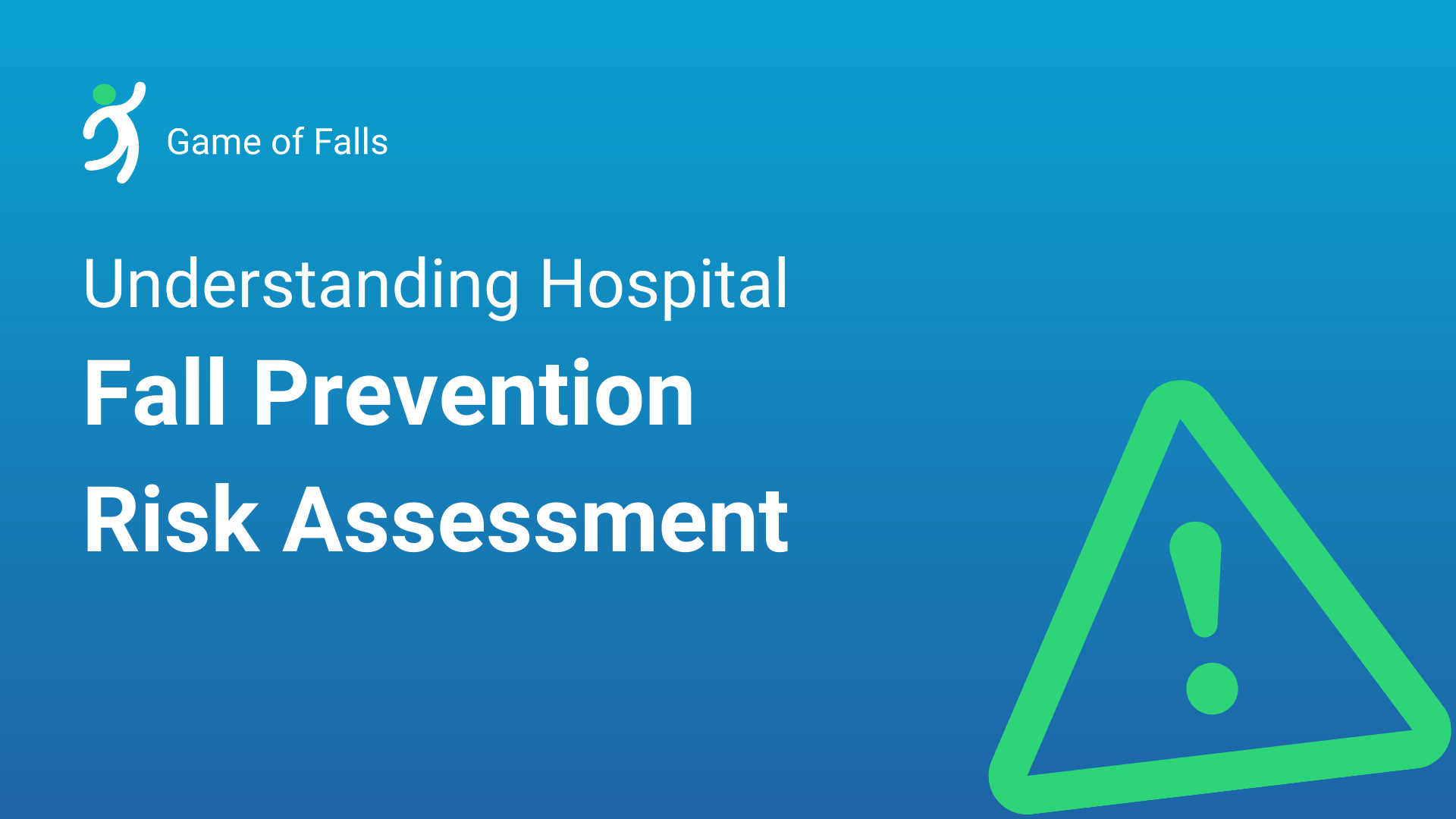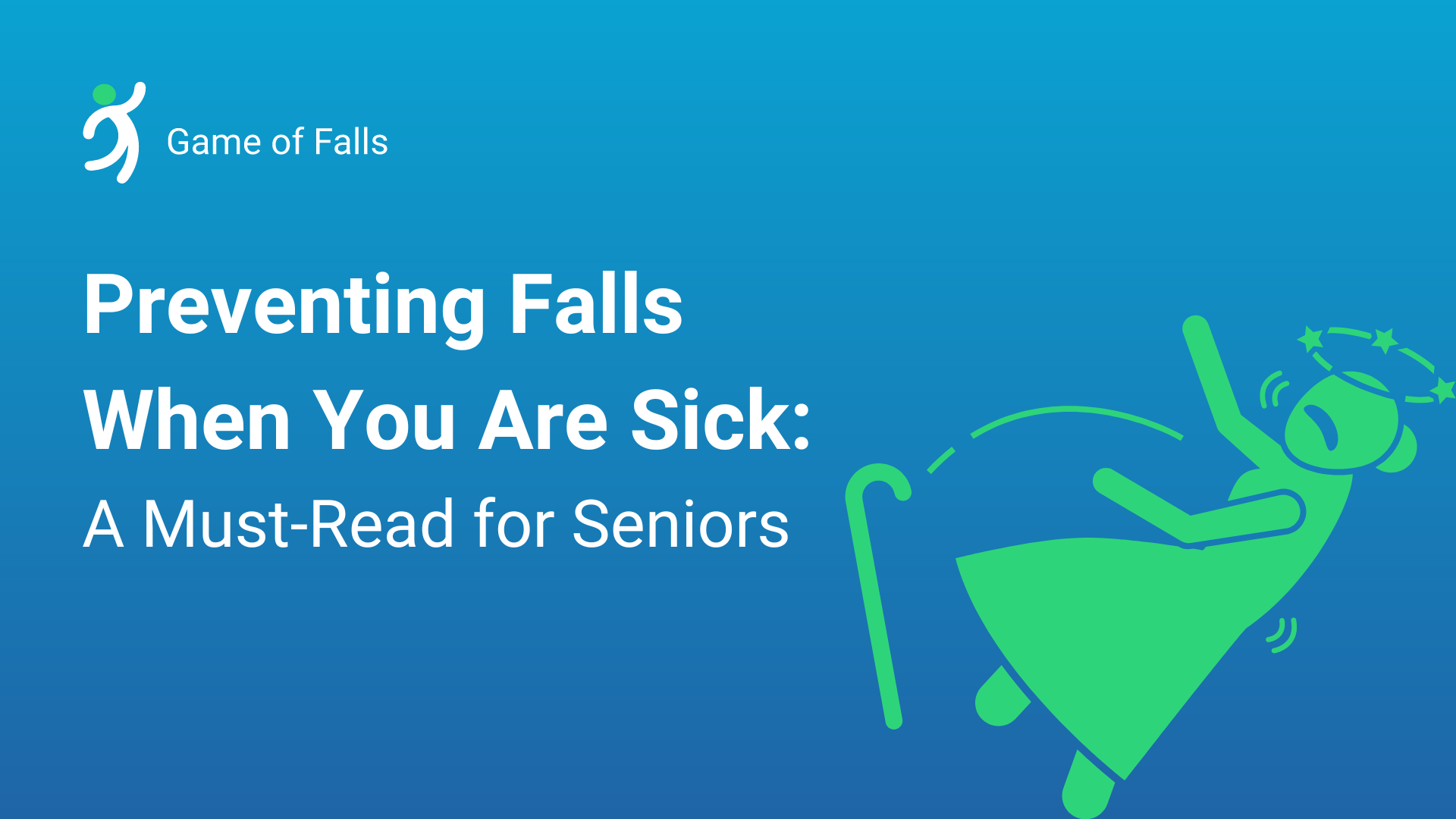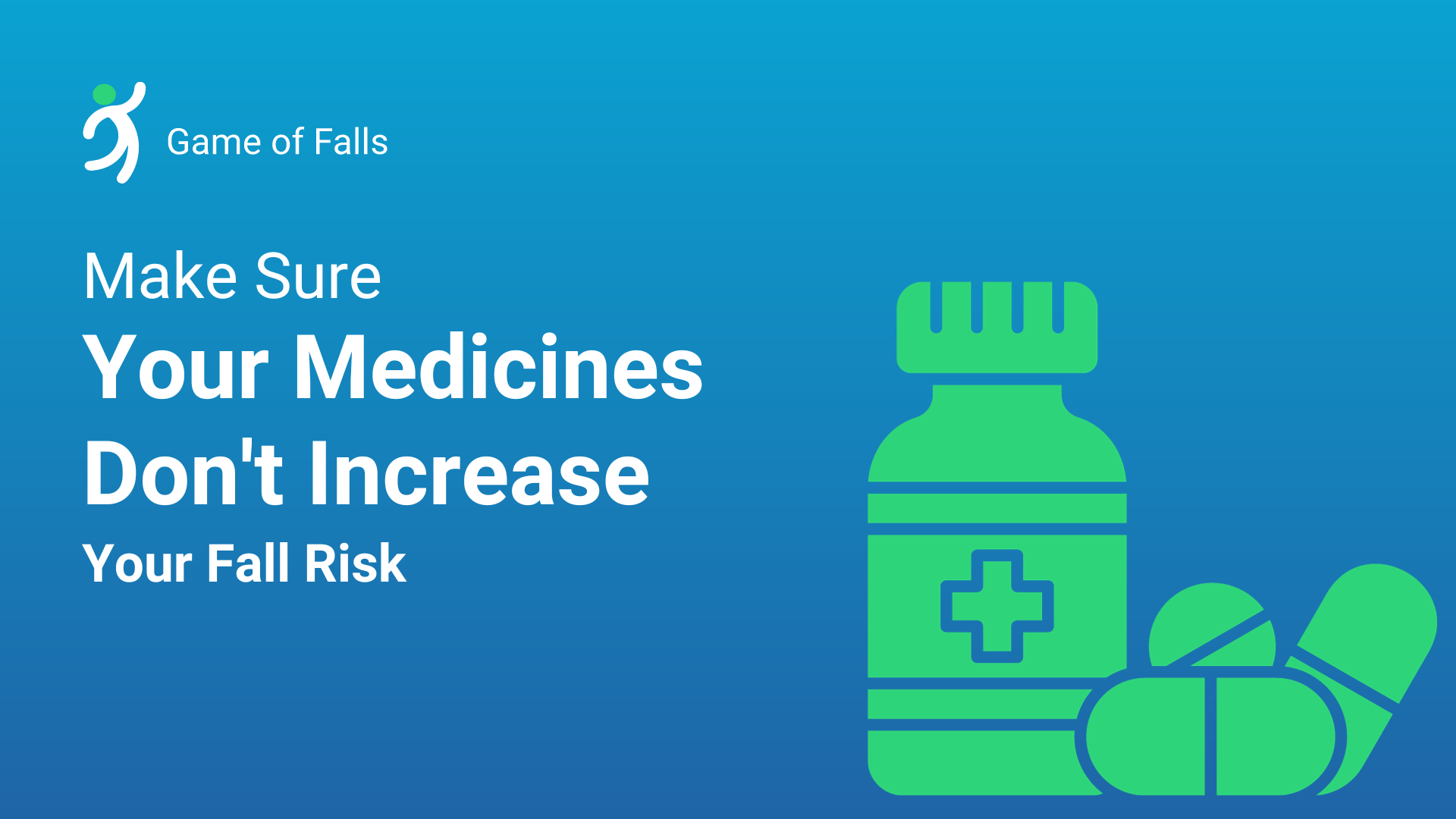
Hospital Fall are a common problem in healthcare settings, particularly for elderly patients or those with mobility impairments. These falls can lead to serious injuries, such as fractures or head trauma, which can prolong hospital stays, increase healthcare costs, and potentially even result in permanent disability or death. To prevent these negative outcomes, healthcare providers must conduct thorough fall risk assessments on all patients to identify those who are at the highest risk of falling and follow some Hospital Fall Prevention strategies .
In this article, we will discuss the importance of hospital fall prevention risk assessments, the factors that contribute to falls in hospital settings, and the strategies that healthcare providers can use to prevent falls and promote patient safety. By the end of this article, you should have a comprehensive understanding of hospital fall prevention risk assessments and how they can help reduce the incidence of falls in healthcare settings.
Understanding Hospital Fall Prevention Risk Assessment
Introduction
Falls in hospital settings are a serious problem that can lead to negative outcomes for patients, including prolonged hospital stays, increased healthcare costs, and potentially even permanent disability or death. Fall prevention risk assessments are a critical tool that healthcare providers use to identify patients who are at the highest risk of falling and implement strategies to prevent falls.
The Importance of Fall Prevention Risk Assessments

Fall prevention risk assessments are crucial for promoting patient safety in hospital settings. By identifying patients who are at the highest risk of falling, healthcare providers can implement targeted interventions to prevent falls and minimize the risk of injury. Fall prevention risk assessments are also an important component of quality healthcare, as they demonstrate a commitment to patient safety and proactive risk management.
Factors Contributing to Falls in Hospital Settings
There are many factors that can contribute to falls in hospital settings, including patient factors, environmental factors, and staff factors. Patient factors that increase fall risk include age, mobility impairments, cognitive impairments, and medication use. Environmental factors that contribute to falls include cluttered or poorly lit rooms, slippery floors, and lack of handrails or grab bars. Staff factors that can increase fall risk include inadequate staffing, inadequate training, and failure to properly document patient falls.
Strategies for Fall Prevention in Hospital Settings

There are many strategies that healthcare providers can use to prevent falls in hospital settings, including fall prevention risk assessments, environmental modifications, staff education and training, and use of technology. Fall prevention risk assessments should be conducted on all patients upon admission and regularly throughout their hospital stay. Environmental modifications may include removing hazards, improving lighting, and providing handrails and grab bars. Staff education and training should focus on fall prevention strategies and proper documentation of patient falls. Technology, such as bed alarms or pressure-sensitive floor mats, can also be used to prevent falls.
Conclusion
In conclusion, hospital fall prevention risk assessments are a critical tool for promoting patient safety in healthcare settings. By identifying patients who are at the highest risk of falling and implementing targeted interventions, healthcare providers can reduce the incidence of falls and minimize the risk of injury. Factors that contribute to falls in hospital settings are numerous and complex, but strategies for fall prevention include environmental modifications, staff education and training, and use of technology. With a proactive approach to fall prevention, healthcare providers can help ensure that patients receive safe, high-quality care.
FAQs
Q1. Can falls in hospitals cause serious injuries?
Yes, falls in hospitals can cause serious injuries such as fractures, head injuries, and internal bleeding.
Q2. Who is at a higher risk of falling in hospitals?
Older adults, patients with medical conditions such as Parkinson’s disease and stroke, and patients with mobility impairments are at higher risk of falling in hospitals.
Q3. What are some fall prevention strategies used in hospitals?
Fall prevention strategies in hospitals include bed alarms, mobility aids, medication review, environmental modifications, and patient education.
Q4. How can fall risk assessments help prevent falls in hospitals?
Fall risk assessments help identify patients who are at a higher risk of falling and enable healthcare providers to implement fall prevention strategies tailored to their individual needs.
Q5: How often should fall prevention risk assessments be conducted?
A: Fall prevention risk assessments should be conducted upon admission and regularly throughout a patient’s hospital stay, especially after any changes in their condition or medication regimen.
Q6: What environmental modifications can be made to prevent falls?
A: Environmental modifications may include removing hazards, improving lighting, and providing handrails and grab bars.
Check out this interactive game – Gameoffalls and prevent elderly falls
As flu season turns up the dial, one question often comes to mind: Why does the flu hit older adults so hard? It’s a perfect storm where senior flu prevention becomes key since their natural aging nudges immune systems into a less active state, amplifying the impact of flu symptoms. For caregivers, ensuring flu season […]
Confidence is a crucial ingredient in living a fulfilling and independent life, especially for seniors. So, what happens when an event like a fall shakes the very foundation of a person’s confidence, particularly in the elderly? After a fall, it’s natural for seniors to feel vulnerable and apprehensive about engaging in their everyday activities. Fear […]
Have you considered that growing older might mean getting better, so long as you nurture the one body you’ve been given? Staying active is a dynamic part of aging, and a key aspect of that is utilizing preventive health screenings to catch problems early. The good news is that Medicare and most health plans cover […]
Did you know that the medicines meant to ensure your health could also increase your chances of a fall? It’s a startling thought, but true for many older adults. As we age, we often become, rather ironically, a walking pharmacy. With every pill we swallow to keep our health conditions in check, there lies an […]





